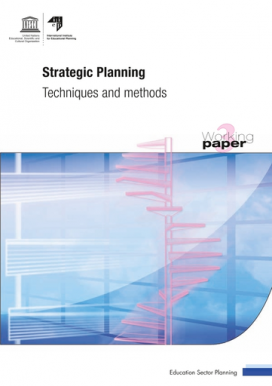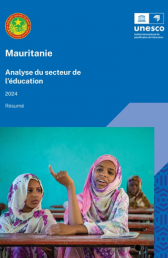
Languages
English, French
Series
Education sector planning working papers, 003
Year
2010
Pages
46 p.
About the publication
To make progress in education, countries must have a clear vision of their priorities and how to achieve them. Many ministries therefore prepare strategic plans, which reflect this vision and help mobilize people and resources. Planning in most countries is influenced by local history, organization of the state, and available resources, as well as specific challenges such as natural disasters or armed conflict. Regardless of the particular circumstances, educational authorities need to carry out essential tasks such as analysing the education system, formulating relevant policies, then implementing these and monitoring their implementation, often jointly with their national and international partners. Since its inception in 1963, IIEP has been supporting countries in their sector planning efforts, whether through training, research programmes, or technical collaboration. The 'Education Sector Planning Working Papers' series is based on nearly five decades of experience, gathered from numerous country partnerships. The objective of Working Paper 3, Strategic Planning: Techniques and methods, is to provide practical guidance about the methodological and technical aspects related to the formulation of education sector strategic plans. With concrete examples from existing sector plans, and numerous references and links to further reading, it highlights the different phases of the planning process. The Paper also introduces the reader to one of the most widely used methods to design programmes and projects - the logical framework approach. It is presented here adapted to the specifics of education sector planning. Other Working Papers already available in this series include: Strategic Planning: Concept and rationale (Working Paper 1) Strategic Planning: Organizational arrangements (Working Paper 2)









